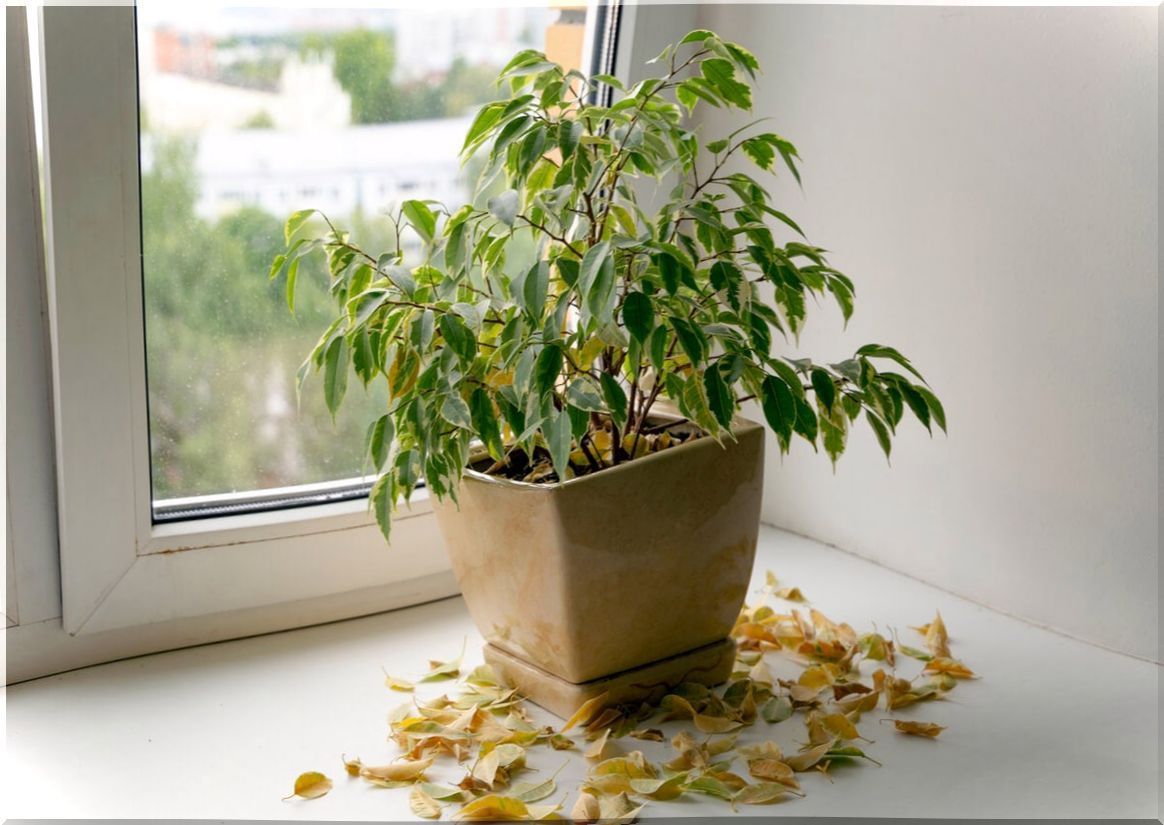Tips For Reviving A Dying Plant
Nothing more frustrating than arriving from vacation and finding the corpses of your favorite plants. That is why we bring you the best tips to revive a plant below.
The oldest living beings on the planet, if we do not count bacteria, are also the most sensitive, defenseless and vulnerable. Although our dependence on them is absolute, since life would be very difficult without the oxygen they release, the human-plant cycle is also perfectly complemented in the opposite direction. Or almost.
And it is that some plants that we have managed to domesticate need a little extra care to survive, grow strong and healthy. In short, to have a full life. Fortunately, unlike other living things, there are ways to revive a plant.
Reasons a plant could be dying
Not all plants leave life for the same reasons. As with humans, different types of plants require different care.
Some are affected by the amount of water they receive. Others, on the other hand, due to factors such as light, movement, air quality or soil nutrients.
Lack of space and nutrients
If the leaves turn yellow, the water is sucked in too quickly or the roots escape through the holes in the pot, it is a red flag. These effects are likely to indicate the need for the plant to be transplanted into a larger pot, with fresh soil.

Poor stability
By their very nature, plants are not generally very friendly to movement. They tend to get used to certain spaces in the house and progress in certain lighting and climatic conditions.
Therefore, if the growth of a plant is observed in specific places in the home, it is recommended not to move it to protect it.
Excess or shortage of irrigation
The necessary balance must be found to provide the plant with the water it needs; no more no less. In general, watering once a day is sufficient for most of them.
If you notice an unusual odor emanating from the plant, it is likely that you are overwatering.
Air dryness
Some plants need the air of the environment where they are present a high percentage of humidity. If the tips of the leaves begin to turn a golden hue, it is likely due to a lack of moisture in the air.
Light conditions
The plant itself will indicate if it is receiving the amount of light it needs. If small, pale leaves appear or the plant is extended in the direction of the light, it is likely that it is not receiving enough light output.
On the contrary, if the leaves turn brown, they are most likely receiving too much light.
Tips and tricks to revive a plant
Whatever the cause of agony, observation skills will have to be sharpened to the maximum to be able to apply the right medicine if you want to revive a plant. Follow these simple suggestions to do so, because these living beings that give us so much, really ask for little:
- In the case of fungi : we must eliminate all excess moisture, cleaning roots and leaves. Then replant in another container, change the substrate, grind five garlic in a glass of water and sprinkle them on the plant. According to an article in the Mexican Journal of Mycology, garlic licina is antifungal.
- Drowned plant : in these cases you must hit the pot so that the roots detach, clean them, wrap them in absorbent paper and let them rest for a whole day. Then you prune the most damaged parts and transplant.
- Plague present: when there are pests, to revive a plant you should eliminate affected stems and leaves, increase the amount of compost, measure the amount of water and leave it in a sector of the house where it receives a lot of light.
- Dry plant : remove all dead leaves, extract from the ground until the entire root can be seen, immerse in warm water for ten minutes and leave in a container to drain excess liquid. Then you will replant in the ground with a new substrate.

Not just revive a plant, but keep caring for it
It may happen that the plants are simply dying because they do not receive the necessary attention. It should not be forgotten that they are living beings that need our help to have a full existence.
If you are dealing with a person with a very busy and busy life, starting by caring for plants that do not require too much care is ideal, such as succulents. They are varieties that have managed to develop to withstand the most cruel climates on the planet. They can even survive in deserts.
Finally, it must be taken into account, after reviving a plant, that it will be necessary to continue providing assistance and extreme care. For example, controlling the amount of light and water it receives.








